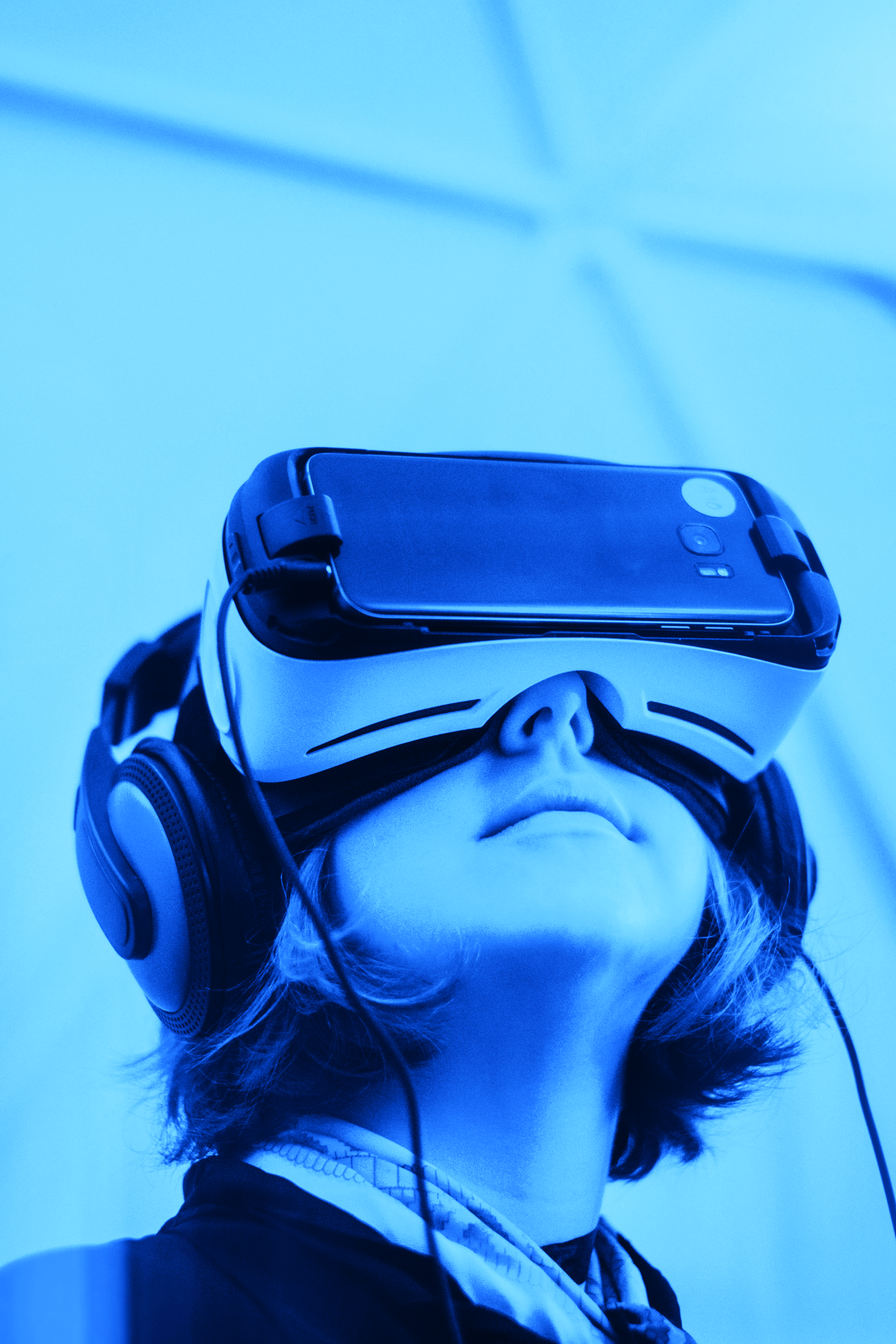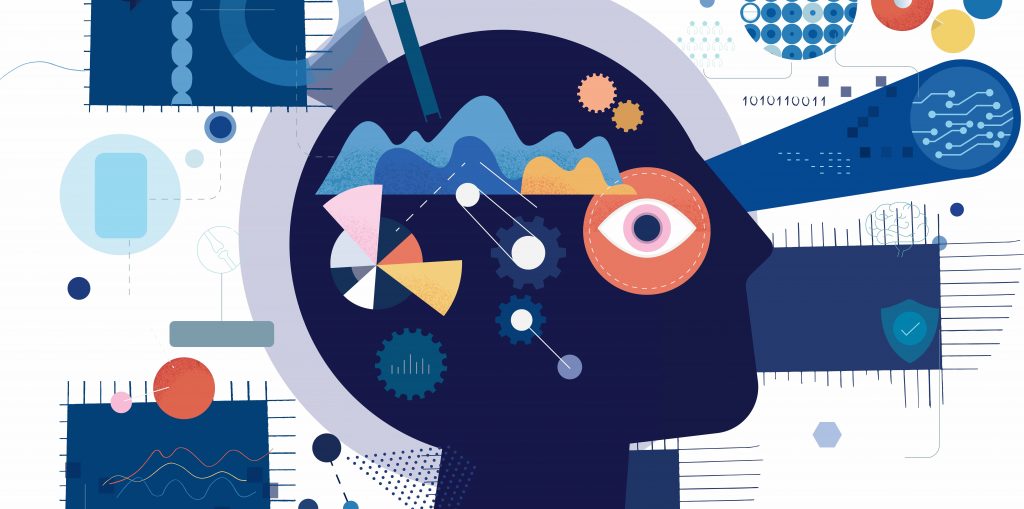
When one thinks of virtual reality (VR), images spring to mind of oversized headsets that look like rejects from the 1980s. But technology has come a long way in 30 years. Now you can visualise the contents of an entire house, aeroplane, yacht or, more appropriately, commercial kitchen from a 3D model on your mobile phone.
But while VR is stealing all the headlines and can show you a complete environment in a virtual world, the real game changer for the foodservice sector is likely to be augmented reality (AR).
This is a combination of the real and virtual world. Fans of Pokemon Go will be familiar with the concept. In effect it is a technology that overlays digital information on the real world, using apps on smartphones and other devices.
“You can literally go to a construction site that just has concrete slabs, put in the 3D modelling, and suddenly you’re looking at the walls, ceiling, equipment, everything. You can then walk around your kitchen and the chef’s table with all the stuff around you,” enthuses senior FCSI associate Chris Huebner, kitchen designer and founder of Kiche, LLC in Washington DC. “This is going to explode and it’s really easy to do.”
Unlike virtual reality, which requires hardware along with apps, almost anyone can use augmented reality on their phone. There’s no skill necessary. All you do is download the software and trial it.
Software and sensors
However, so far take-up in the food sector for both VR and AR has been slow, although interest is certainly rising. When Huebner gave a presentation at the FCSI The Americas Conference in Denver, Colorado, in April this year there were maybe 5% of the people in attendance doing VR. Since then, Huebner believes about 20-25% have tried it.
The key focal point is the phones. The computer technology is already there, it’s down to Apple and Google to see who can get the best software and sensors into their phones faster.
As of the release of iOS 11, virtually all recent iPhones have OS-level augmented reality support. “When I did my speech in April, Apple had just come up with a vertical wall tracking feature on their AR software,” adds Huebner. “Before that they had the ability to track horizontal surfaces, such as a floor or ceiling, which means you can place something on it. Now with vertical you can place shelves and pictures on the wall. These are huge pieces of the puzzle.”
There are, however, still a few glitches. The main setback is tracking. When someone stands still and places an item in the AR environment it looks great. The issue is when you start moving around, things can get a little jerky and out of focus. “It’s workable and the visuals are great, but you couldn’t take your construction dimensions off it yet,” says Huebner.
Virtual training
But it’s not just in design work that VR and AR can serve a purpose for the foodservice sector. “We are likely to see more virtual and augmented based training of staff,” insists Erik Thoresen, principal at US foodservice research and consultancy Technomic.
Last year KFC tested the water with a virtual reality game called The Hard Way – a KFC Virtual Training Escape Room, which involved participants needing to virtually prepare fried chicken to ‘escape’ and win.
“It was very much experimental, but I suspect there are more people in the food service space who are paying attention to this technology, particularly in the hospitality sector where high levels of turnover mean training is critical,” adds Thoresen.
Virtual reality can create a detailed visual world for employees to safely interact with their job surroundings and mentally and physically learn the tasks required. These VR lessons can range from health and safety tips to cooking noodles.
While augmented reality allows for side-by-side training and execution by layering information on top of an employee’s direct view. For example, participants can visually estimate serving sizes.
Robot assistance
But it’s not just in the virtual space where the foodservice sector will be transformed. Other forms of new technology, such as artificial intelligence and machine learning, are making an impact.
In Boston, a new restaurant called Spyce is powered by a robotic kitchen that cooks your food in three minutes or less. MIT graduates Michael Farid, Brady Knight, Luke Schlueter and Kale Rogers created the robotic technology and restaurant concept while in college.
“We were four really hungry MIT students tired of spending $10 on take-out lunches and dinners. While we ate our bland chopped salads and stir-frys, we dreamed of an alternative: a robot that cooked tasty and nutritious meals, served them, and cleaned up after,” the ‘Spyce Boys’ proclaim.
Other exciting ventures include a burger flipping robot at the chain CaliBurger, Domino’s virtual ordering chatbot, or the humanoid robot that provides menu choices at Pizza Hut in Singapore.
There’s also the newly revealed Google Duplex, which is the voice assistant that will be able to call restaurants and make table reservations for you. “The Google assistant will be able to use natural language and AI to make the reservation,” says Thorensen.
“But, there are still limitations to these voice user interfaces. They can be used for simple transaction conversations, but something like Alexa can’t yet find out what the healthy options are in a local restaurant and make recommendations.”
Back-of-house benefits
However, while these exciting innovations are stealing the headlines, it is back-of-house where AI and machine learning are proving most beneficial. For example, automated digital systems are already being used in kitchens to manage things like waste and inventories.
With radio-frequency identification (RFID tags you can get automatic inventory management alerts if products are running out of date, and operators can use AI systems to understand how much of each product they need throughout the year and have it automatically delivered.
“Linking your data and predictive analysis tools to your kitchen equipment and back-house-needs is what’s it’s about,” says Benjamin Calleja, CEO of Livit Design. “Food service providers can be much more efficient with storage units and weather gauges for external conditions.
“Currently we have such a limited approach. We know sales numbers, but not why. This is where AI and predictive analysis can make a difference. Why are you selling more on a Tuesday than a Monday or when it’s raining, rather than sunny?”
It can also be used to better inform decisions about pricing, Thorensen believes. “These are exciting and innovative times for the sector and it’s the companies that use the technology most efficiently who will succeed.”
Chris Evans
Photo by Samuel Zeller on Unsplash
Further reading:
For more information and insights on virtual and augmented reality technology in the foodservice industry, see the latest print edition of Foodservice Consultant (Q2) here.




